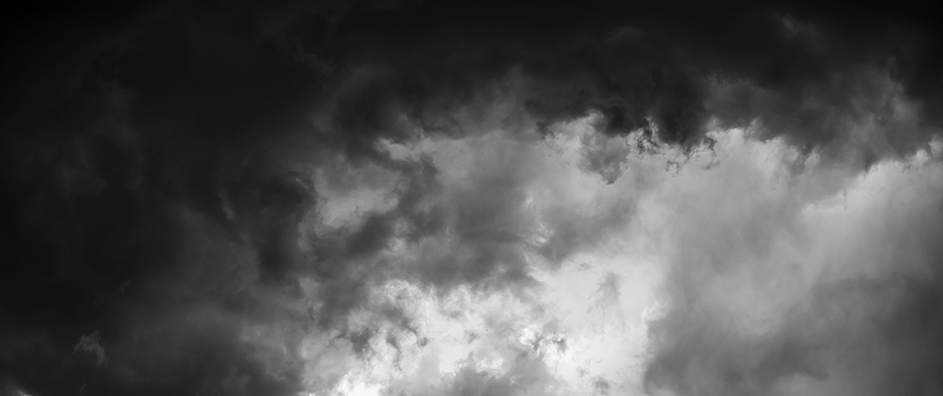The interplay between light and darkness has persisted as a profound motif across various religious traditions, serving as an allegorical representation of the perennial struggle between knowledge and ignorance, good and evil, and ultimately, the realms of the divine and the mundane. In Bahá’í teachings, this duality is crystallized into what can be termed the “Everlasting Cycle of Light and Darkness.” This concept extends beyond mere metaphysics or mythology; it encapsulates the lived experiences of humanity, reflecting our innate quest for purpose and understanding in the ephemeral theater of existence.
At the very heart of this dualism lies the notion of light as a symbol of truth, divine guidance, and spiritual awakening. Conversely, darkness often signifies confusion, longing, and the challenges inherent in human existence. The Bahá’í perspective posits that throughout history, humanity has encountered cycles wherein periods of enlightenment are interspersed with epochs of obscurity. This cyclical framework invites contemplation of how religious revelations surface, recede, and ultimately inform the collective consciousness of humanity.
One might observe that each major religious tradition has its own interpretation of this duality, each providing a unique lens through which the complexities of existence can be navigated. For instance, in Christianity, light represents the divine presence of God, as reflected in the teachings of Christ, who refers to himself as “the light of the world.” This analogy not only underscores the transformative power of divine love but also highlights the darkness of human sin and separation from God. In contrast, in the Hindu tradition, the cyclical nature of existence is illustrated through concepts such as samsara, where the soul traverses through cycles of birth, death, and rebirth—each cycle illuminated by accrued wisdom (light) and shrouded by ignorance (darkness).
The Bahá’í Faith introduces a distinctive approach to this enduring theme, asserting that each revelation from God unleashes a wave of spiritual illumination that temporarily dispels the darkness of ignorance. The Manifestations of God—figures such as Bahá’u’lláh, Jesus, Muhammad, and others—serve as conduits through which divine knowledge is made accessible. However, as the teachings of each Manifestation recede into the annals of history, the encapsulated wisdom can be misinterpreted or forgotten, plunging society back into a state of darkness.
This cyclical rhythm of illumination and obscuration can be perceived as not merely a historical observation but rather a compelling reflection of the favored narrative within human experience. Each generation grapples with the responsibility of transmuting the light received from prior revelations into a beacon for future seekers. The challenge lies in recognizing that light is not an absolute state; rather, it is a gradual ascent—a continuum within which human progress unfolds.
Fascination with this cycle emerges from its intimate relevance to the human condition. Individuals are inexorably drawn to the concept of spiritual awakening, seeking to transcend the enveloping shadows that loom in their lives. The Bahá’í Faith offers an engaging challenge to the observer: instead of perceiving darkness solely as an adversary, it can be understood as an opportunity—a catalyst for growth and transformation. Darkness, in this sense, is not a static phenomenon but a temporal state from which the light of new understanding can spring forth.
Moreover, the concept encourages an introspective examination of one’s personal spiritual journey. Each individual experiences their own ebbs and flows of enlightenment, which guide their contributions to the broader tapestry of human understanding. This reciprocal relationship between light and darkness not only fortifies the individual’s quest for knowledge but also nurtures a collective effort towards societal advancement. The acknowledgment of such cycles compels humanity to foster environments where light is perpetuated through education, compassion, and the application of divine principles in everyday life.
In the grander sense, the synthesis of light and darkness acknowledges a profound truth: that all paths, despite their divergences, ultimately converge towards a single source. This monistic perspective fosters a spirit of unity among diverse faiths, urging followers to recognize the value intrinsic within their own traditions while respecting the insights derived from others. Bahá’í teachings advocate for a global community unified not by conformity but by a shared aspiration for the light of understanding.
As contemporary society finds itself facing overwhelming challenges—be they environmental, social, or spiritual—the relevance of this cycle becomes increasingly salient. The global conversation surrounding progress must be underscored by a recognition of the need for light amidst the darkness that pervades our age. The pursuit of justice, peace, and unity is fundamentally intertwined with the understanding that while darkness may present itself, there lies potential for a resurgence of light, illuminating the path towards a shared future.
In conclusion, the Everlasting Cycle of Light and Darkness, as articulated within the Bahá’í framework, reflects an enduring narrative of human aspiration, struggle, and transcendence. It serves as a reminder that while darkness may periodically envelop the human experience, the potential for enlightenment is perpetually present. Through seeking knowledge, developing compassion, and fostering unity among diverse traditions, humanity can continually strive towards illuminating the world, collectively navigating the cycles of existence with purpose and hope.
